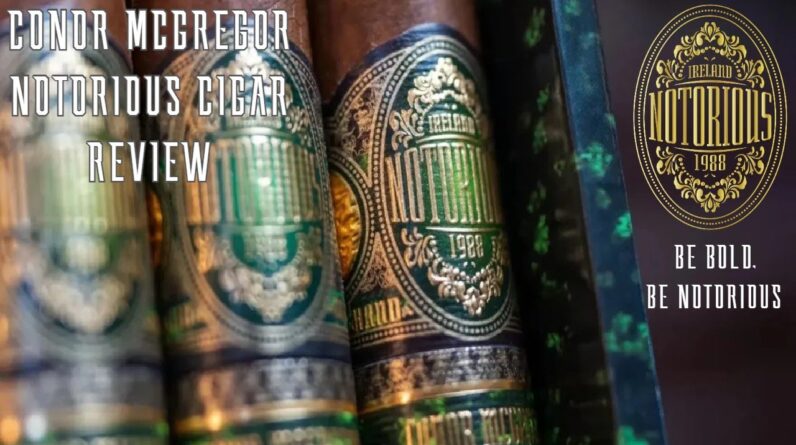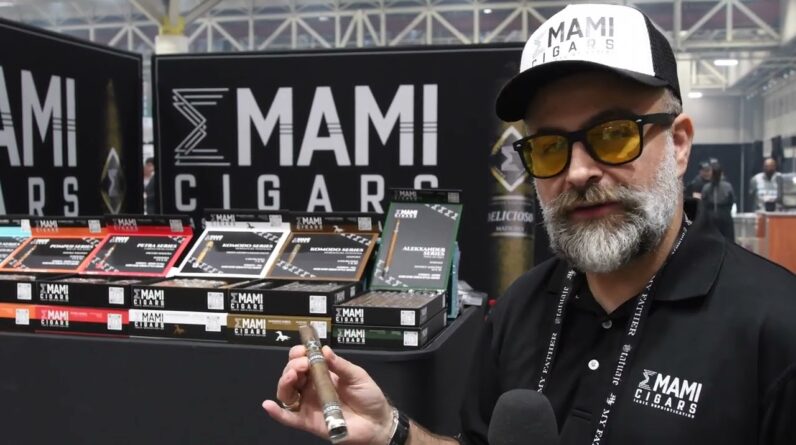Can you name the first female U.S. Marshal? You’ll be able to after Juan Cancel and Kevin Keithan of Cubariqueño Cigar Co. share the details on the company’s two new cigar lines from the 2022 PCA Convention & Trade Show floor.
For more coverage of the PCA 2022 Convention & Trade Show, please visit: halfwheel.com
Twitter —
Facebook —
Instagram —
How Cigars Are Made
 |
|
How Cigars Are Made
Cigars begin their journey in the humidor, where they undergo a number of steps before they reach the end product. The cigars start with the filler leaves, which contain a variety of tobacco and primings. This mixture is designed to burn slowly and create a smooth, aromatic smoke. Finished cigars are then wrapped in a wrapper, and topped with a cap.
The labels on cigar boxes contain warnings about the health risks of tobacco smoke. They must state that the product contains nicotine, which is an addictive chemical and can cause heart disease and lung cancer. The warnings must cover 30% of the cigar’s package. In addition, retailers selling unpackaged cigars must post a sign with all six warning statements within three inches of the cash register.
Once the tobacco plants have been planted, they are grown outdoors. Once six to ten weeks have passed, they are transplanted to the field. After the transplanting process, tobacco plants are pruned to grow proper leaves. Once in the field, they need several months to reach maturity. During that time, tobacco leaves are aged to remove any vegetal or chemical notes.
Cigars are made with three different types of tobacco leaves. One type is used for the wrapper, while another type is used for the filler. In addition to the wrapper, cigars also require a second type of tobacco leaf called the binder. The outside wrapper leaf is textured and must be fine.






